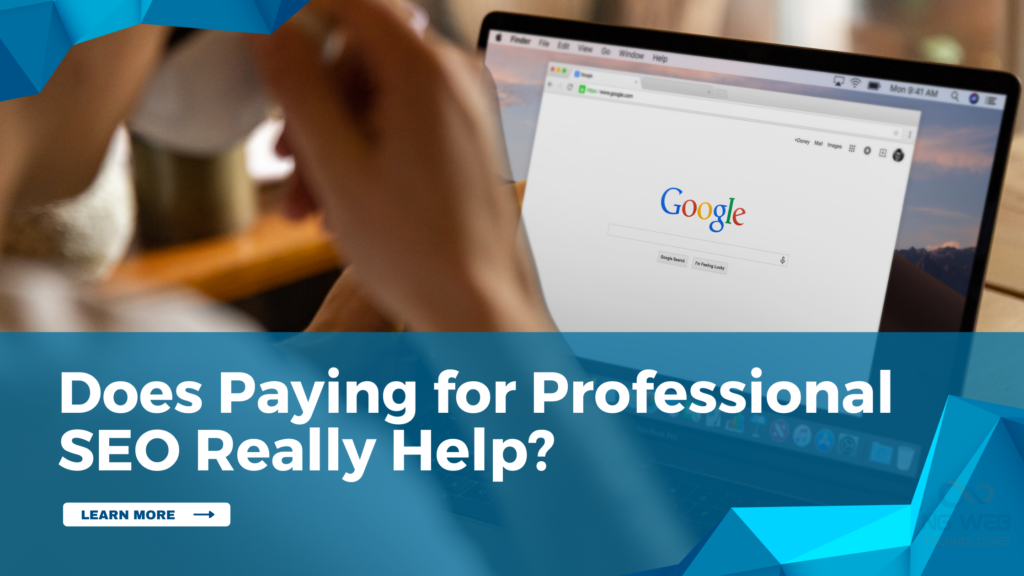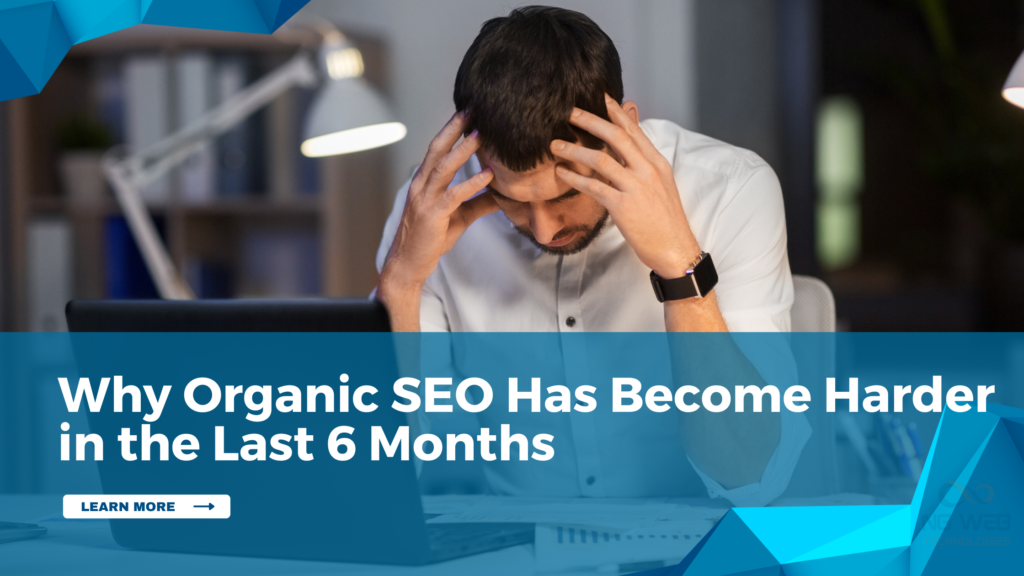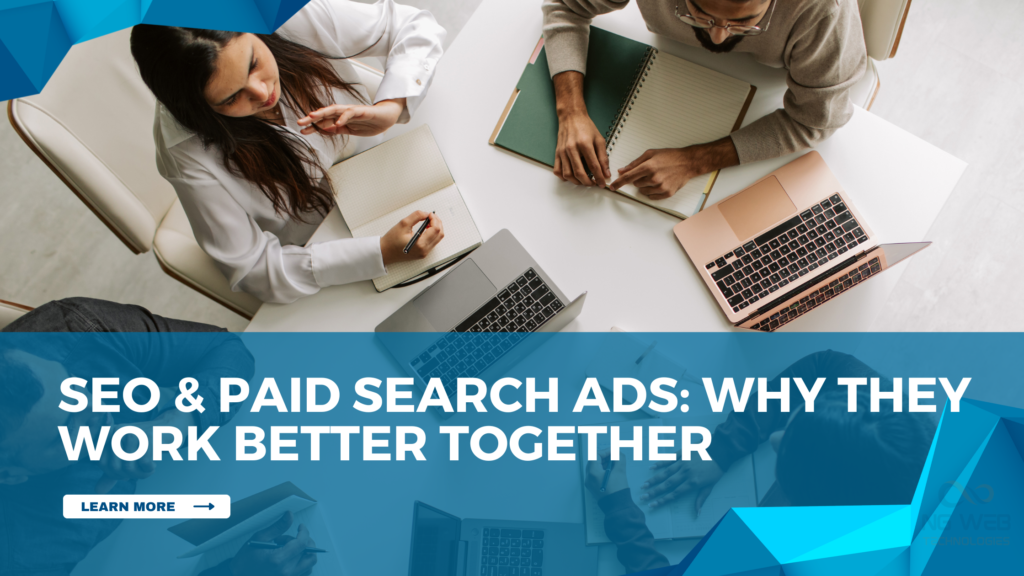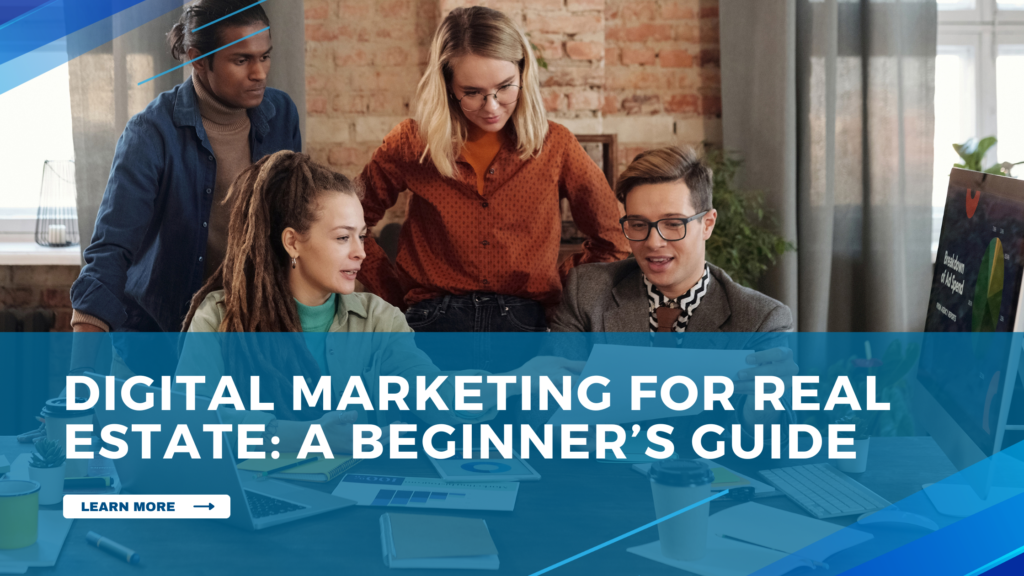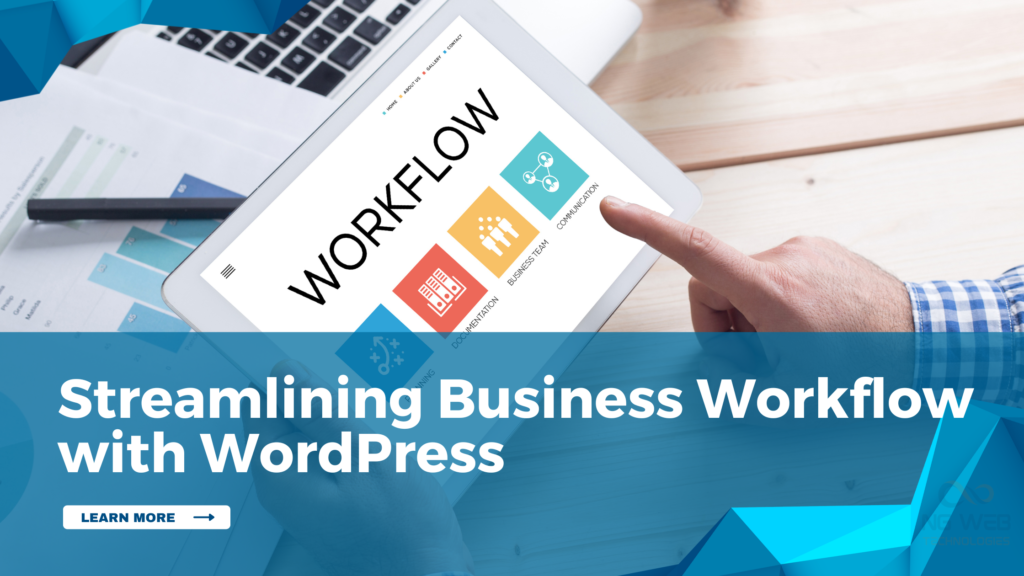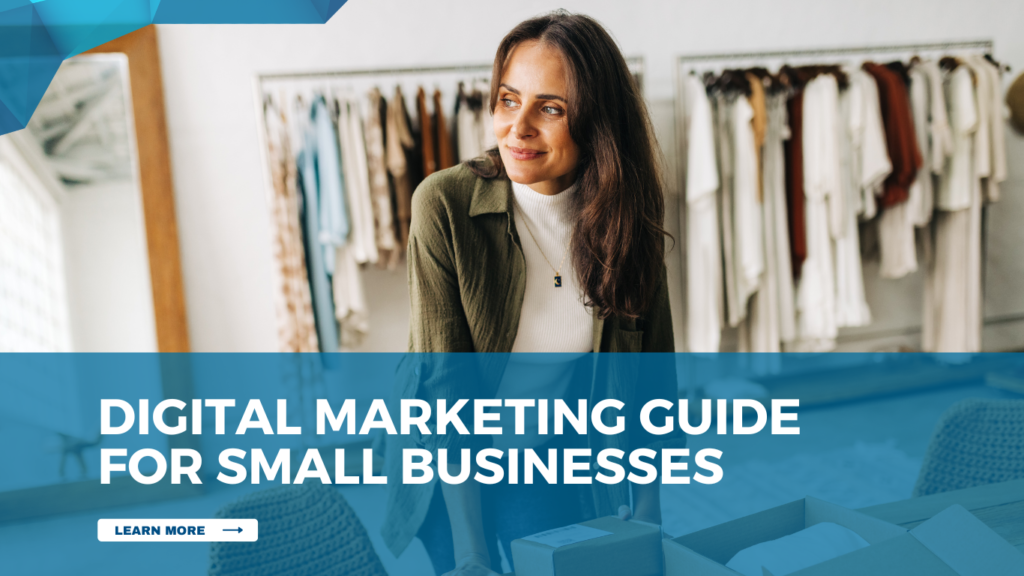Does Paying for Professional SEO Really Help?
Does Paying for Professional SEO Really Help? Many businesses believe that having a website and regular social media posting is enough to attract more customers online. But in reality, social media can generate visits, but it rarely turns them into potential customers. The same happens with a website; many businesses create a beautiful website but fail to attract potential customers through it. A website works only when the right people find it at the right time. That’s where SEO comes into the picture. SEO is organic, or unpaid; it helps to grow your business by showing your website in the top position in search engines like Google. Even nowadays, the AI platforms like ChatGPT, DeepSeek, and Perplexity are growing at a fast pace. These platforms also consider the content from the best and most useful websites to provide the answers to users’ queries. So, SEO makes your business visible, interacts with users with your content, and makes them loyal customers. But the real question is, can paying for expert SEO actually help? Let’s look at some realistic instances. 1. What Professional SEO Really Does The professional SEO duty is not only adding relevant keywords to your blogs or webpages. Their main role involves turning website visitors into potential customers by optimizing the SEO off-page and on-page, and fixing technical issues of the website. Also, ensuring the website is easy to navigate for users, and creating helpful content to attract visitors from search engines like Google. SEO is a multi-layered process that mainly focuses on website visibility. Tips: The first essential step is to optimize your on-page SEO by adding titles, descriptions with relevant keywords, headers, and URLs. Ensure technical SEO check the site speed by running on various devices, and ensure the website is mobile-friendliness. Build off-page SEO to build strong backlinks, mentions, and domain authority. Provide your users with valuable blogs, videos, and guides. Track results twice a month by using analytics tools and refine strategies based on the results. Case Study:One of the clients is running an e-commerce clothing brand. They were regularly posting new products and publishing blogs on their official website on a weekly basis but they struggled to get noticed on Google rankings. When they contacted us, we came to know that their main issues were slow website loading speed, poor mobile performance, and poor keyword targeting in product descriptions and other sections especially weren’t optimized for users and Google search engines. Because of this, their organic traffic was very low, and sales growth has not increased for several months. To rectify this issue, we applied a full professional SEO strategy. We begin with on-page SEO, we rewrite optimized product titles, meta descriptions, and headers with the right keywords, and we clean up URLs for better search visibility. For technical SEO, we improved the website’s speed from 10 seconds to 3-4 seconds by compressing the images, optimizing their website as mobile-friendly, and fixing crawlability issues through Google Search Console. On the off-page SEO side, we built high-quality backlinks by collaborating with fashion bloggers and influencers, and we asked our client to encourage their customers to leave reviews and mentions on social media. Finally, we introduced a content marketing plan, creating style guides, seasonal fashion tips, and video lookbooks that provided real value to their audience. The results were unbelievable. Within just 3 months, our client saw a 70% increase in organic traffic and a 40% jump in online sales. 2. The ROI (Return On Investment) of Professional SEO SEO is like planting a tree; you won’t get the results instantly, but with your consistent effort, it grows stronger and produces more over time. When paid ads can give you quick visibility, the moment you stop paying, the traffic will automatically disappear. SEO, on the other hand, keeps working for you long after the initial effort. By investing in professional SEO, you will build a foundation that brings steady, long-term traffic, improves brand visibility, and increases sales without constantly relying on ad spend. Tips: Measure ROI with organic traffic growth, leads, and conversions. Track customer acquisition costs versus other marketing channels. Use tools like Google Analytics and Search Console to measure keyword performance. Case Study: One of our clients, running a travel agency, mostly relied on paid ads like Google and Facebook-Instagram Ads to attract visitors, when their campaigns ended as soon as their traffic and inquiries dropped. They reached out to us to improve their traffic without spending a lot of money, we introduced SEO to them to build sustainable growth, we implemented a professional SEO strategy by optimizing their web and blog pages with useful content like travel blogs, travel tips, local tourism sites and detailed destination guides. Within a few weeks, their organic traffic grew by 55–60%, and bookings increased by 40% without additional ad spend. By tracking results through Google Analytics, and leads, the client could clearly see the long-term ROI, proving that consistent SEO effort builds a foundation that continues delivering visibility, traffic, and leads, much like planting a tree that grows over time. 3. Signs Your Business Needs Professional SEO There are several clear signs you have to consider, as mentioned below. First sign: If your website isn’t showing up in search results for the keywords your customers are using, it’s a strong indication that your SEO needs attention. Second sign: Low organic traffic or stagnating visitor numbers, despite regular content updates, is another notable sign that you have to seriously consider. Third sign: When your website faces a high bounce rate, visitors leave your site quickly because they can’t find what they are looking for, or they find irrelevant content. Fourth sign: Poor website performance, like slow loading speeds or your website is not optimized for mobiles or other devices. Fifth Sign: If your competitors consistently outrank you in search results, or your website doesn’t convert website visitors into leads or sales, If you are facing any of these challenges, then it’s the time to consider an
Does Paying for Professional SEO Really Help? Read More »
Blog
